Bulb Life Cycle In Winter: What Bulbs Do For Months Under The Snow
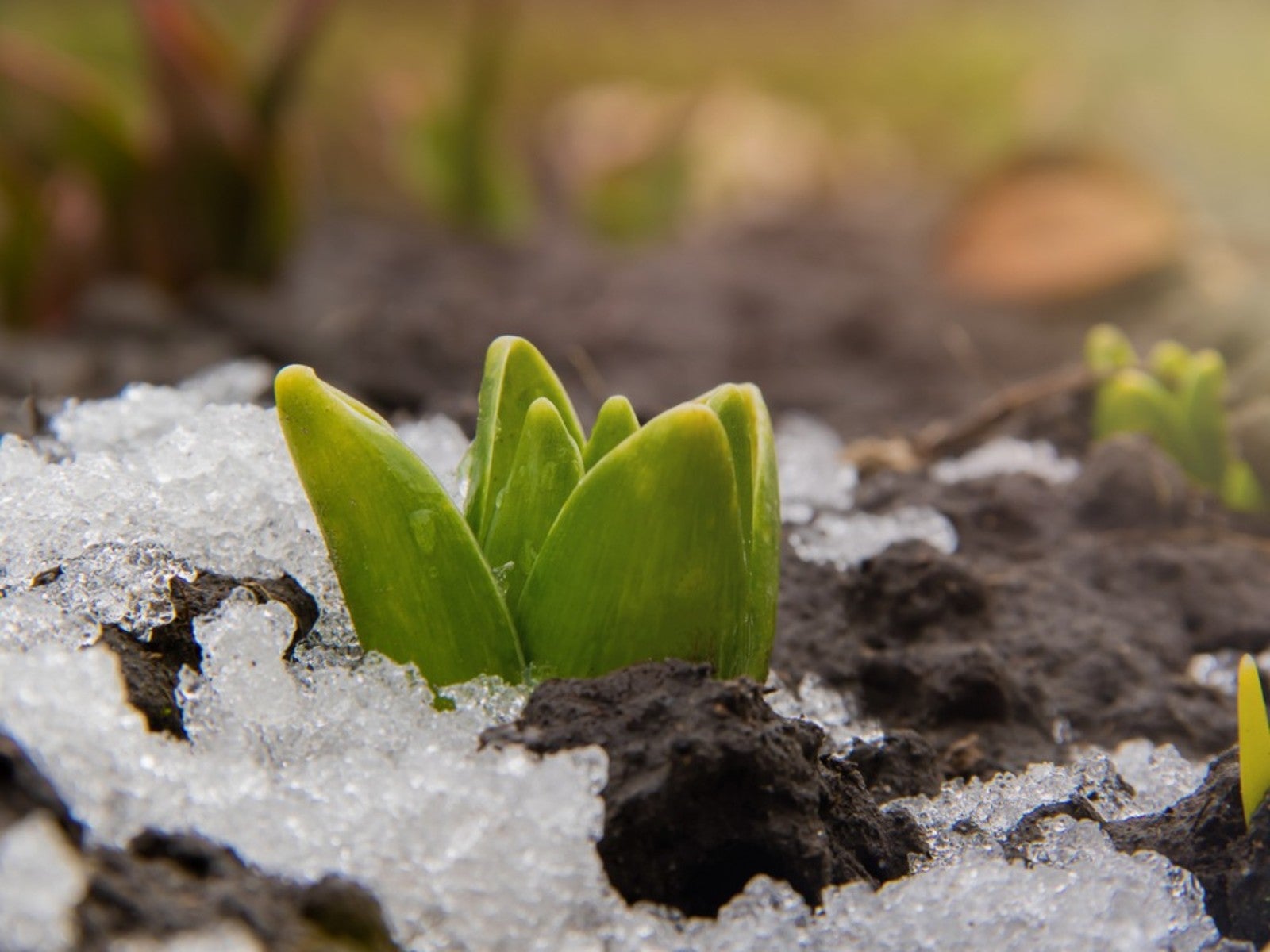

Many common spring flowering bulbs are semi-dormant in winter. Plant dormancy in winter doesn't mean nothing is happening within the structures, it just means you don't see any growth above the ground. Bulbs in winter are still doing a few things and the cold exposure is a necessary condition for them to form flowers. Dormant flower bulbs are experiencing a life cycle that promotes flowers and good foliage growth.
Plant Dormancy in Winter
Fall is the time most gardeners plant spring bulbs. Bulbs produce some roots until the real cold sets in. The flower bulb life cycle includes the bloom period, foliar energy gathering, root and offset formation, and finally, they get a much needed cold exposure. Bulbs in winter need the cold exposure to eventually break dormancy bonds and force spring growth. That is why spring bulbs that are "forced" are refrigerated to provide chilling hours necessary for flower development.
About Dormant Flower Bulbs
Plant dormancy in winter differs from variety to variety. In bulbs, it is primarily a time of rest, but a few things are happening underground. After blooming, it is recommended to leave the foliage on the plant and only cut spent blooms. Let it die back naturally. While foliage remains available, the plant is gathering energy from photosynthesis that will turn to plant sugars, fueling the next season's growth and flowering. Bulbs left in the ground spend autumn forming daughter, or offset bulbs, and roots. In winter, the foliage dies back and the most important part of the flower bulb life cycle begins.
Bulb Plants Dormancy Process
Under snow and ice, an important chemical reaction is taking place. Some roots will continue to form and dive deeply. The shorter day hours trigger dormancy, which will see the bulbs experiencing a chilling period. Every bulb has a different day length trigger and a different chilling period. The cold temperatures cause the bulb to break glucose into smaller molecules which lowers the freeze temperature to prevent damage to the bulb. Additionally, small leaf structures and the beginning cells for flower production begin to form.
Protecting Bulbs in Winter
While the bulbs naturally protect themselves from winter's chill, the gardener can help. Plant bulbs at the proper depth, never near the surface of the soil. Mulch around the spent plants to keep the soil warmer and gradually add in nutrients as the mulch composts. Pull the mulch away from the bulb zone when you see the first bits of green. Once the bulb has reached its optimal number of chilling hours and the soil warms a bit, the structure will start to send out shoots and soon, flowers.
Gardening tips, videos, info and more delivered right to your inbox!
Sign up for the Gardening Know How newsletter today and receive a free copy of our e-book "How to Grow Delicious Tomatoes".

Bonnie Grant is a professional landscaper with a Certification in Urban Gardening. She has been gardening and writing for 15 years. A former professional chef, she has a passion for edible landscaping.
-
 Looking For Plants To Give You The Soft And Fuzzies? Try These 5 Fuzzy Leaf Plant Options
Looking For Plants To Give You The Soft And Fuzzies? Try These 5 Fuzzy Leaf Plant OptionsLovers of texture, drama, silver foliage and tactile plants will adore these special sensory garden additions. These fuzzy leaf plant options will leave you all aglow
By Susan Albert
-
 Get Ready For A Summer Of Hummers! Grow These Full Sun Hummingbird Plants and Flowers
Get Ready For A Summer Of Hummers! Grow These Full Sun Hummingbird Plants and FlowersIf you’re lucky enough to enjoy a sunny backyard, make sure you are maxing out on your pollinator opportunities and grow these full sun hummingbird plants and flowers
By Tonya Barnett
-
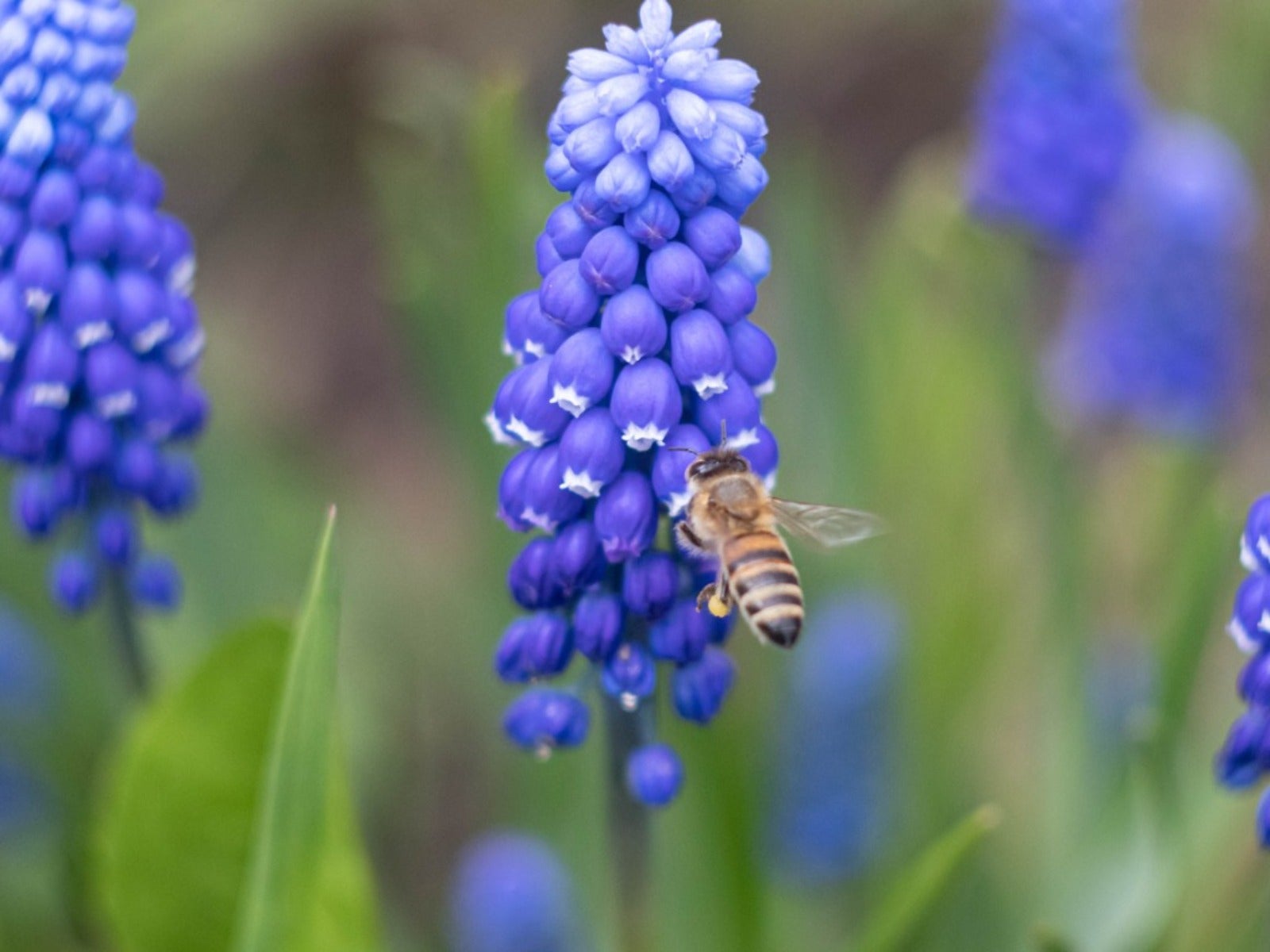 Pretty Spring Bulbs For Pollinators
Pretty Spring Bulbs For PollinatorsWhat are the best flowering bulbs for pollinators in spring? Click here to find out.
By Mary Ellen Ellis
-
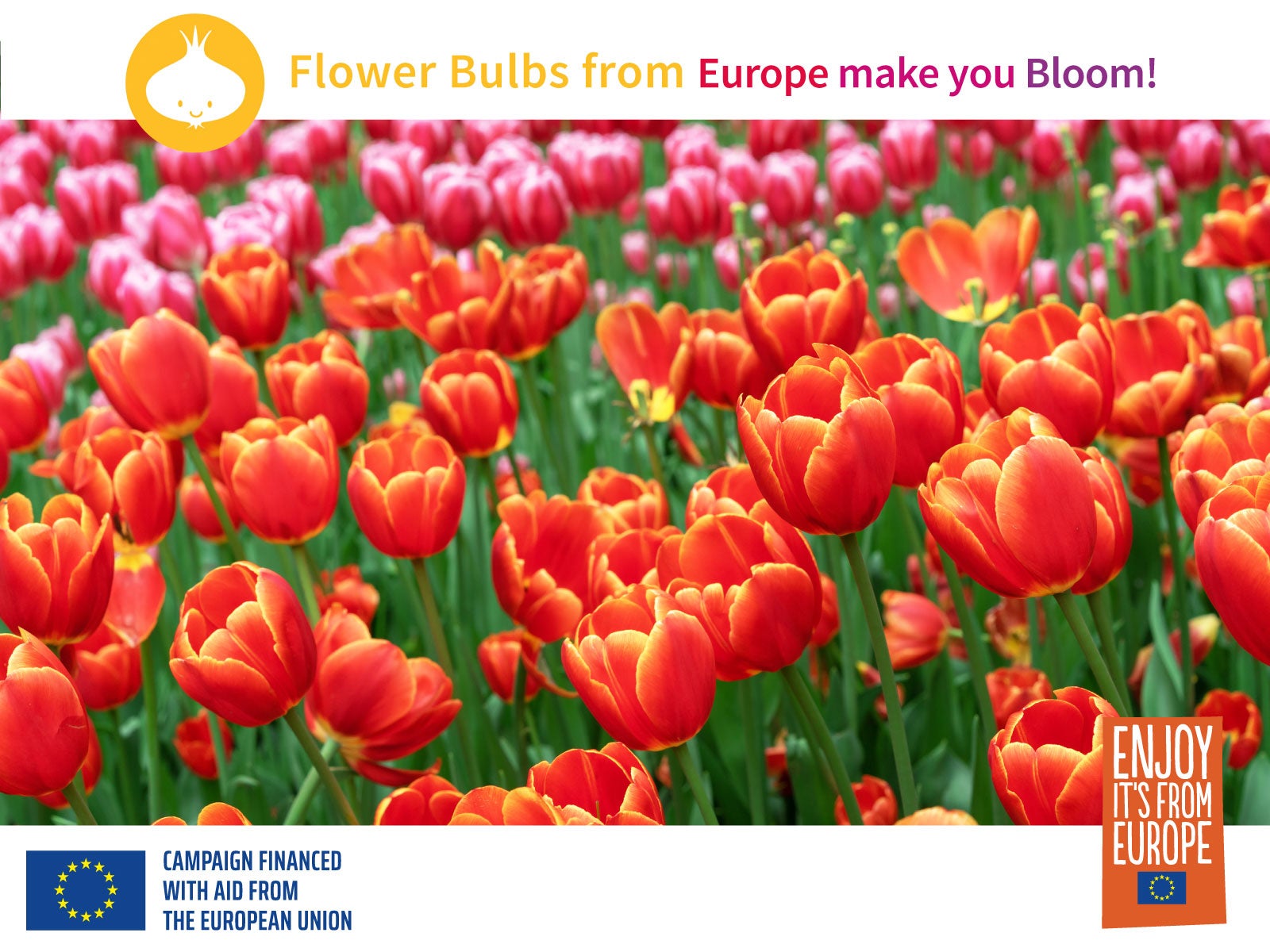 Grow An Early Spring Flowering Bulb Lawn
Grow An Early Spring Flowering Bulb LawnWant a lawn that nourishes pollinators, never needs weeding, and grows more beautiful every year? We have the lawn for you. Click for more.
By Caroline Bloomfield
-
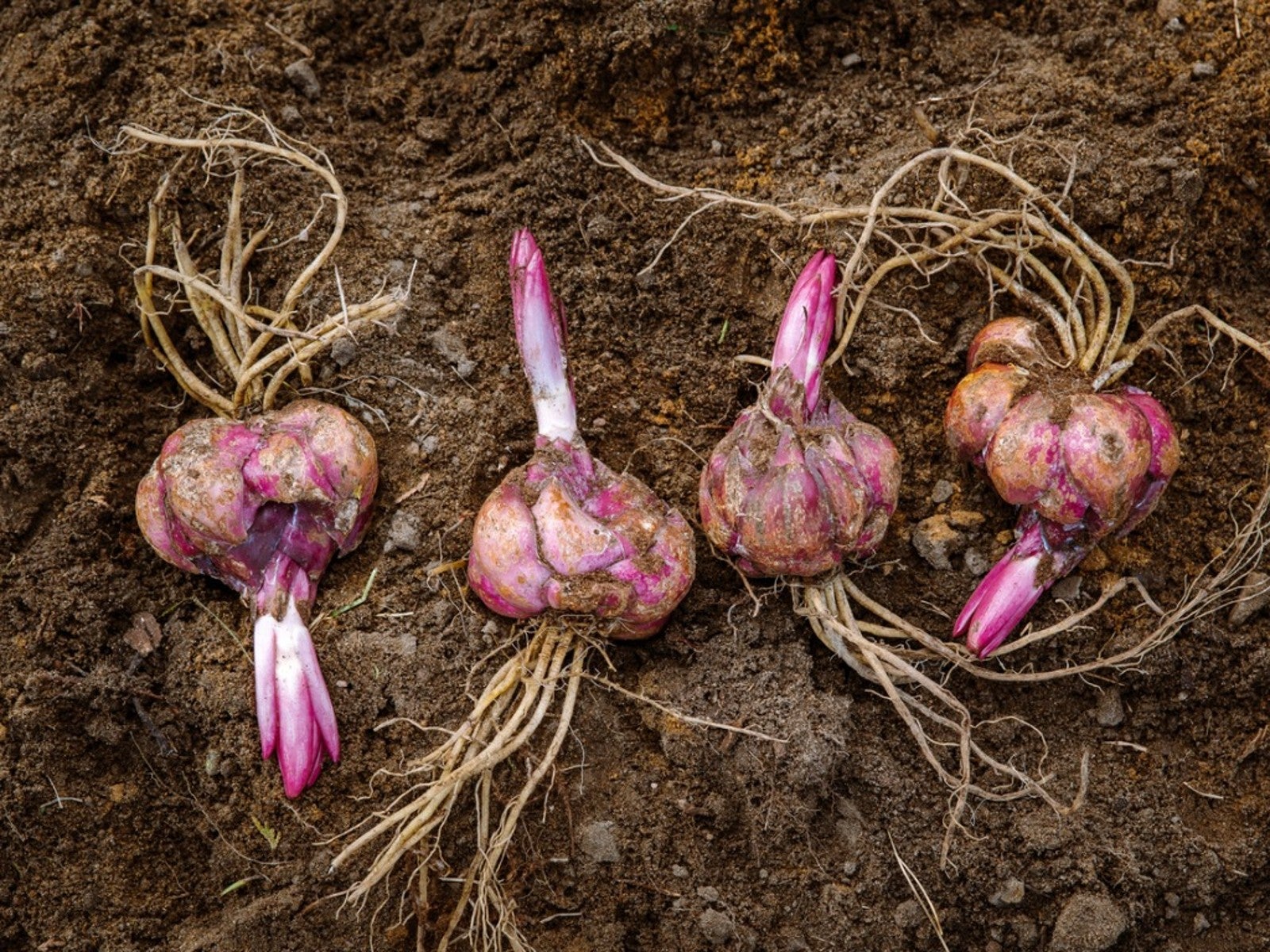 When To Dig Up Bulbs That Bloom In Summer
When To Dig Up Bulbs That Bloom In SummerClick here to learn when to dig up faded summer bulbs of some of the most common ornamentals grown.
By Tonya Barnett
-
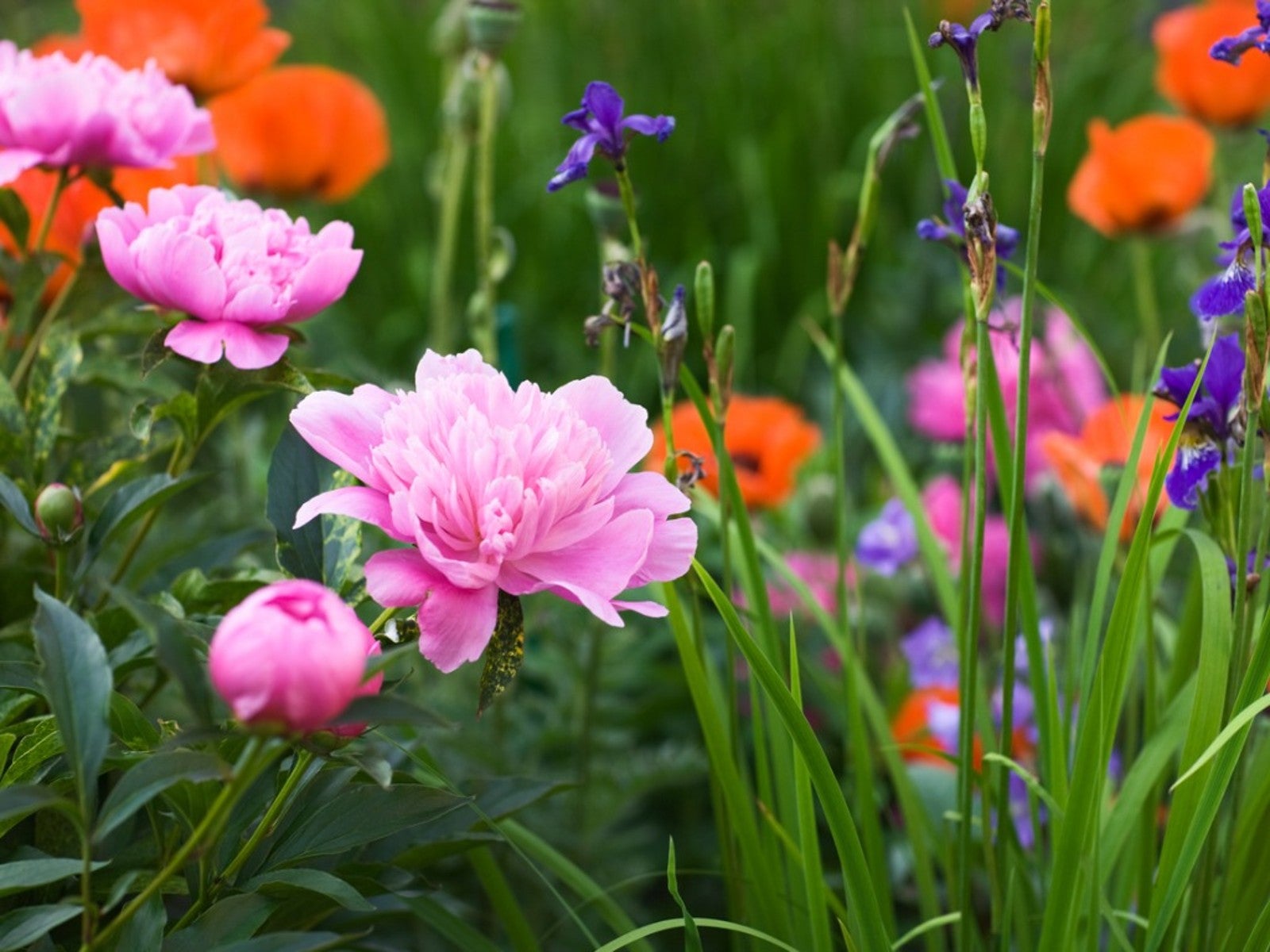 Corms, Tubers, And Bulbs That Are Deer Resistant
Corms, Tubers, And Bulbs That Are Deer ResistantWe love tulips, and so do deer! If you have hungry deer and you hunger for spring blooms, this article should help.
By Amy Grant
-
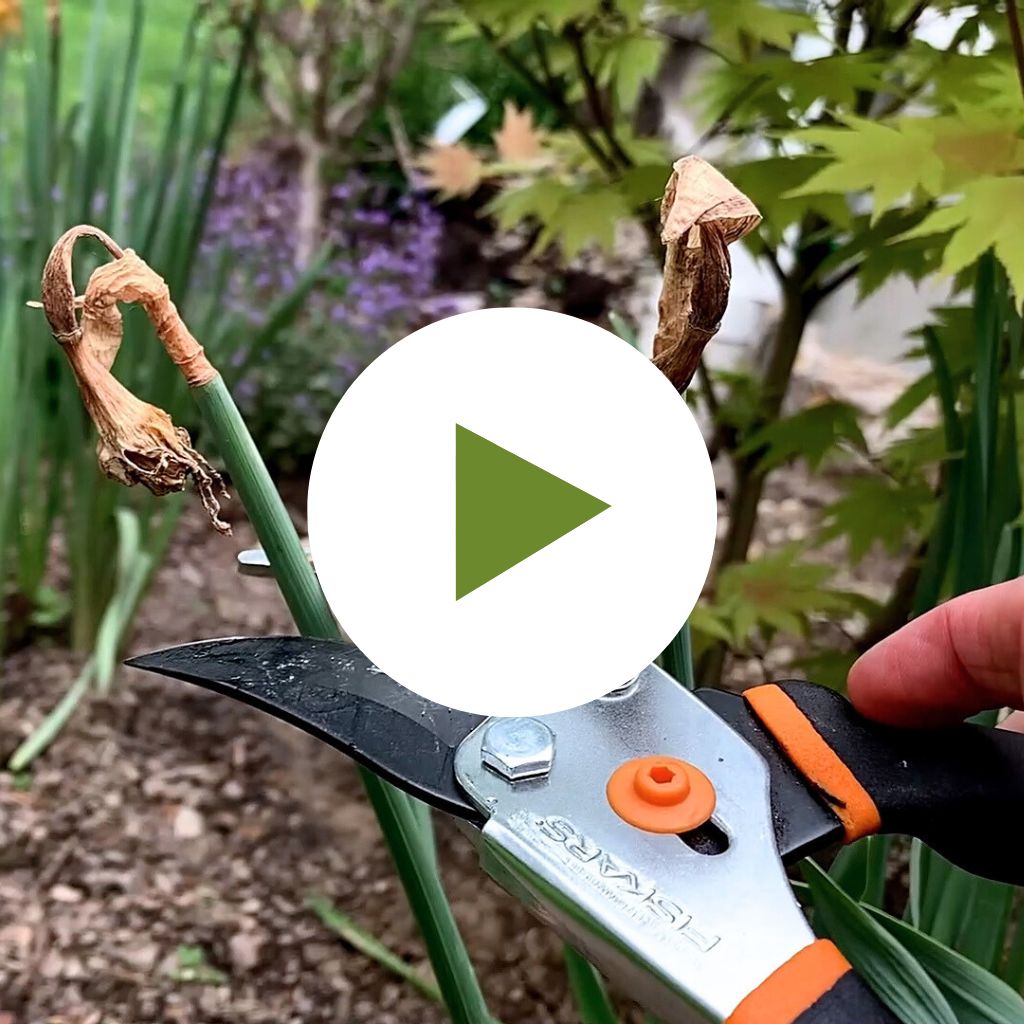 Care for Bulbs After Blooming
Care for Bulbs After BloomingIt's tempting to chop down the leaves after you bulbs have bloomed, but you have to resist this urge! Click to learn why.
By Amy Draiss
-
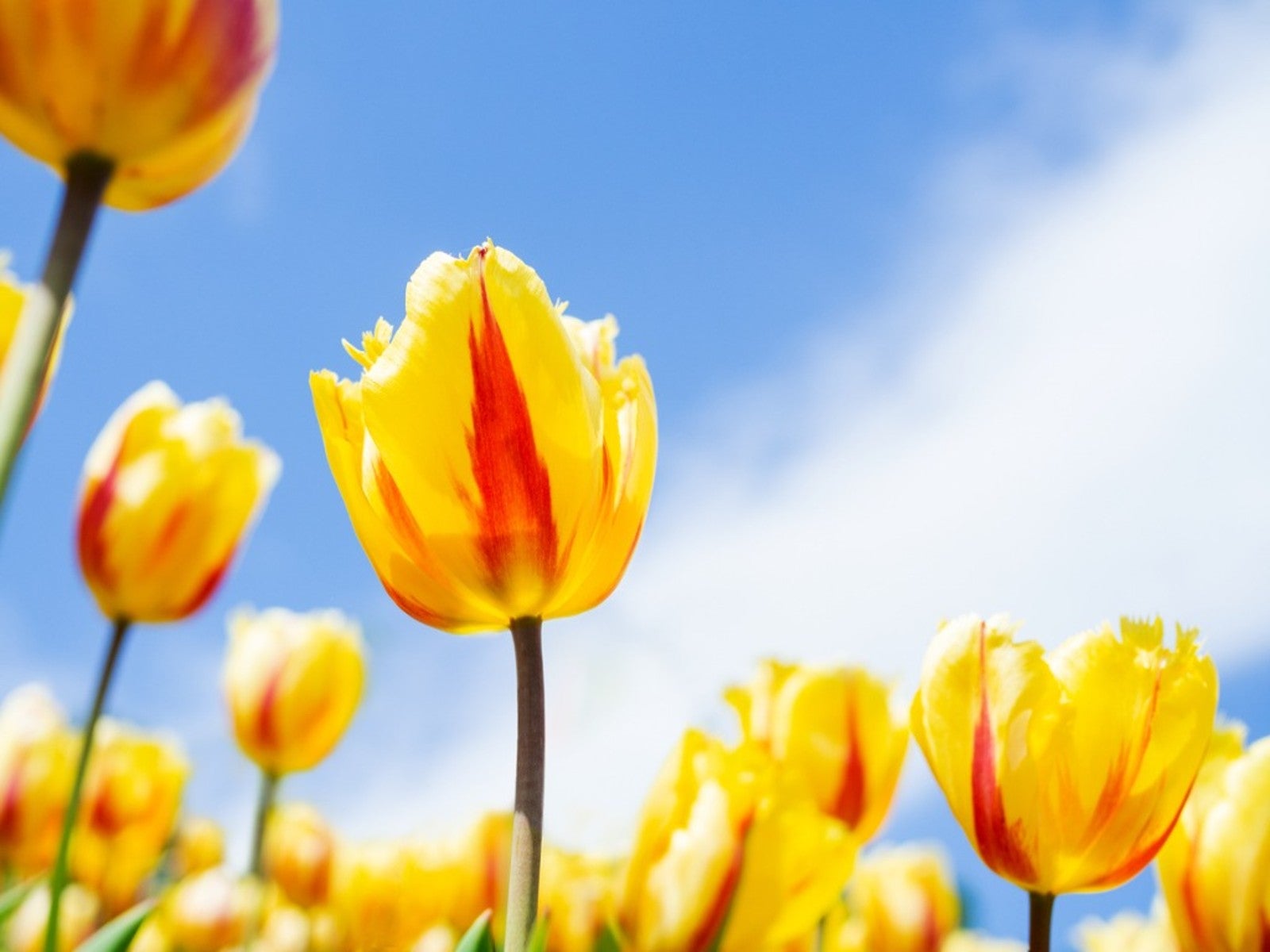 Best Spring Bulbs for Sun and Shade: Bulbs That Grow in Shade and Full Sun
Best Spring Bulbs for Sun and Shade: Bulbs That Grow in Shade and Full SunBulbs are beautiful harbingers of spring. Most flower bulbs thrive in full sun, but what if you have a shaded landscape? Read on for more.
By Amy Grant
-
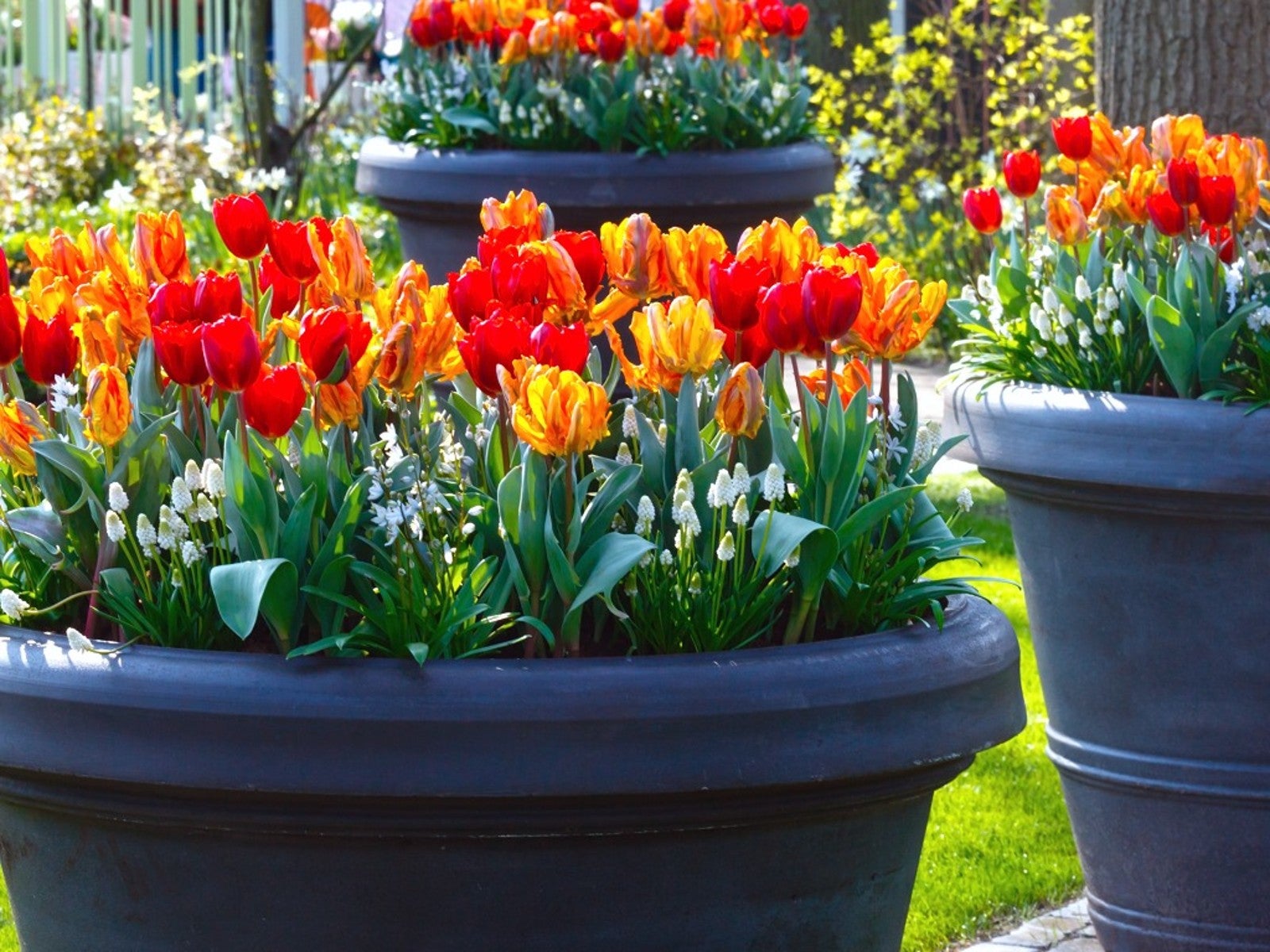 How To Plant Bulbs In Pots - Lasagna Style
How To Plant Bulbs In Pots - Lasagna StylePlanting bulbs in containers is an easy way to create a gorgeous spring porch arrangement, especially when you use the lasagna method.
By Laura Walters
-
 Summer Garden Bulbs – When To Plant Bulbs For Summer Flowers
Summer Garden Bulbs – When To Plant Bulbs For Summer FlowersMuch like their spring counterparts, summer blooming flower bulbs can add great depth to flower beds and borders. Click here to learn more.
By Tonya Barnett